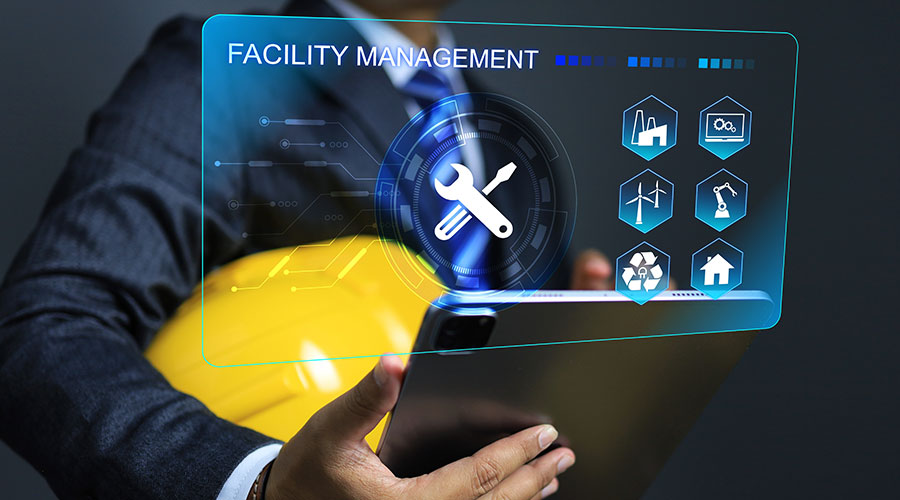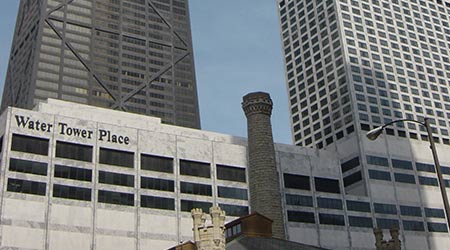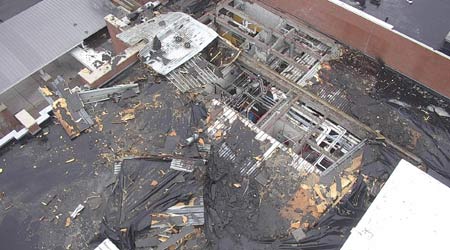
Deferred Maintenance: Thinking Beyond School Walls
January 10, 2019
Deferred maintenance continues to bedevil all types of institutional and commercial facilities, but no facilities sector feels its effects as deeply as public K-12 schools. Their long-term reliance on taxpayer support to inspect and repair aging buildings remains among managers’ highest and most frustrating priorities.
What’s the solution? While no single answer to that question is likely, part of the answer might lie in the ability of managers to think beyond the walls of their facilities, according to k12insight.
Despite the president’s call for $1 trillion in national infrastructure improvement, it’s unclear how much help, if any, the nation’s schools stand to receive from the plan. But chances are, it won’t be enough. As a recent report on the nation’s infrastructure points out, “The federal government contributes little to no funding for the nation’s K-12 educational facilities.”
A combination of tight state and local budgets and a lack of federal funding and other help make it virtually impossible for most school districts to effectively upgrade aging buildings and other facilities. And, as too many school leaders already know, asking cash-strapped communities to foot the bill via tax increases, bonds, or levies poses its own challenges.
Managers might find support when making requests for funding by keeping the community in mind because school facilities serve as community hubs, especially in low-income communities. These facilities might be used, for example, to provide medical and psychological support for community members, food programs, and adult education classes.
Dan Hounsell is editor-in-chief of Facility Maintenance Decisions, and Facilitiesnet.com.
Next
Read next on FacilitiesNet












